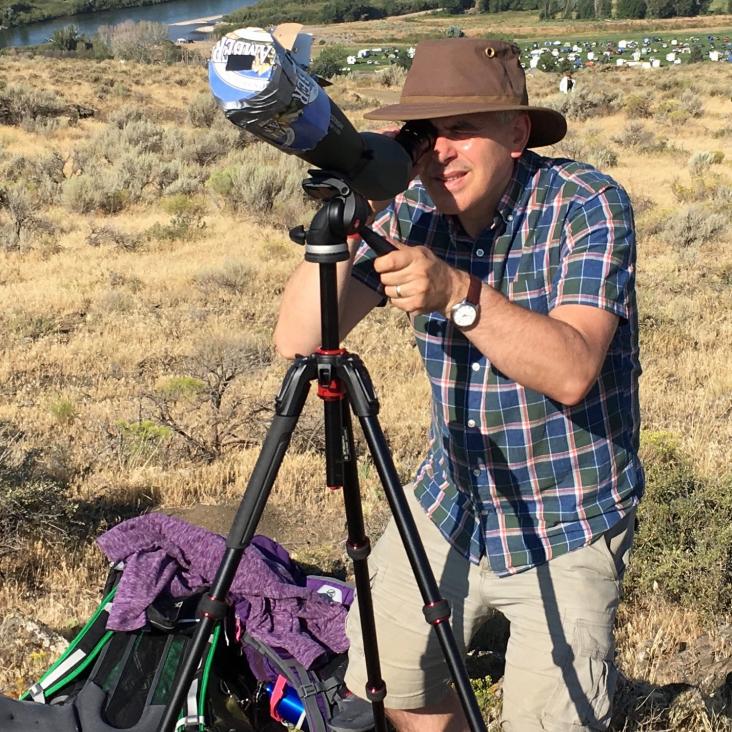THE Q/U IMAGING EXPERIMENT: POLARIZATION MEASUREMENTS OF THE GALACTIC PLANE AT 43 AND 95 GHz
C-Band All-Sky Survey: a first look at the Galaxy
Abstract:
We present an analysis of the diffuse emission at 5 GHz in the first quadrant of the Galactic plane using two months of preliminary intensity data taken with the C-Band All-Sky Survey (C-BASS) northern instrument at the Owens Valley Radio Observatory, California. Combining C-BASS maps with ancillary data tomake temperature-temperature plots, we find synchrotron spectral indices of β = -2.65 ± 0.05 between 0.408 and 5 GHz and β = -2.72 ± 0.09 between 1.420 and 5 GHz for -10° > |b| > -4°, 20° > l > 40°. Through the subtraction of a radio recombination line free-free template, we determine the synchrotron spectral index in the Galactic plane (|b|>4°) to be β =-2.56±0.07 between 0.408 and 5 GHz, with a contribution of 53±8 per cent from free-free emission at 5 GHz. These results are consistent with previous low-frequency measurements in the Galactic plane. By including C-BASS data in spectral fits, we demonstrate the presence of anomalous microwave emission (AME) associated with the HII complexes W43, W44 and W47 near 30 GHz, at 4.4Σ, 3.1Σ and 2.5Σ, respectively. The CORNISH (Co-Ordinated Radio 'N' Infrared Survey for High mass star formation) VLA 5-GHz source catalogue rules out the possibility that the excess emission detected around 30 GHz may be due to ultracompact HII regions. Diffuse AME was also identified at a 4Σ level within 30° > l > 40°, -2° > b > 2° between 5 and 22.8 GHz.


